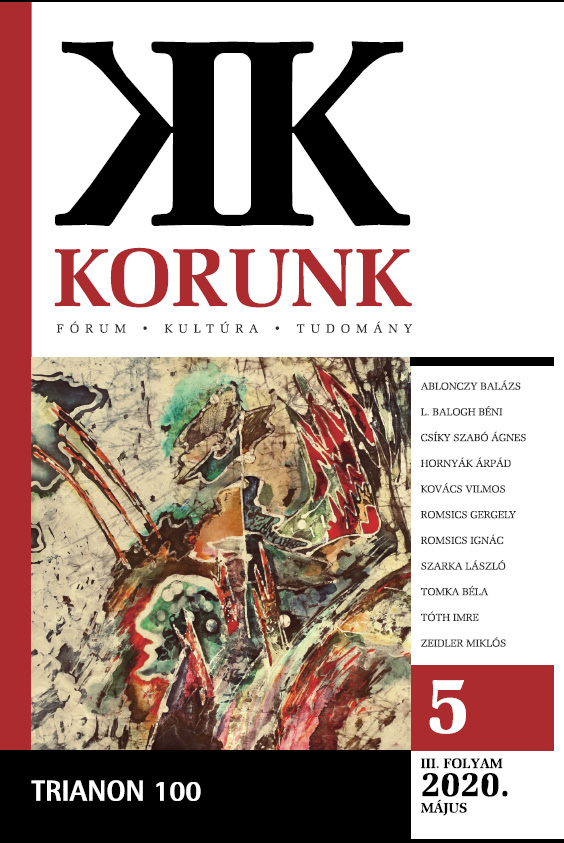Az osztrák–magyar határ és a nyugat-magyarországi
kérdés
The Austro-Hungarian Border and the Issue of Western Hungary
Author(s): Imre TóthSubject(s): Interwar Period (1920 - 1939)
Published by: Korunk Baráti Társaság
Keywords: Paris Peace Treaties; Saint-Germain; Hungary; Austria; land transfer
Summary/Abstract: Although German-Austria, established in November 1918, announced its claim on the western territory of Hungary, inhabited by a German-speaking majority, the issue of changing the 1867 AustroHungarian border was not originally on the agenda of the peace negotiations. The Austrian peace delegation announced its claim on this territory in May 1919, already known for the representatives of the great powers on the basis of their on-site inquiries. The winners of the war primarily wanted to preclude the Austro-German unification and the plan of the corridor as urged by the Czech, by accepting the Austrian claims, and consequently some western Hungarian counties (Vas, Sopron and Moson) were transferred to Austria. This decision, justifiable on an ethnic basis, was also supported by the fact that the Austrian delegation skillfully alluded to the threat of bolshevism and to the dangers stemming from the “nonviability” of an autonomous Austria. The Peace Treaty of Saint-Germain gave birth to the youngest Austrian province, Burgenland. However, this province was under Hungarian rule, and the Austrian state could thus not take possession of it. Hungarian public opinion was shocked that the peace treaty imposed this land transfer to their former partner country, and the Hungarian government was only willing to give up on Western Hungary at the cost of territorial concessions. In order to elicit these concessions, it was willing to secretly support the armed movements emerging in the region, along with the recourse to diplomatic means. Its weakness, lack of perspective, and the intent of restoring its international relationships and the Austro-Hungarian relations determined the Austrian government to cut a deal and to abandon its claims to Sopron, the most important city of the region. Based on the protocol signed in Venice on 13 October 1921, the decision was confirmed by referendum held in the city and throughout its surroundings in December 1921, a few months after which the pacification of the region could be concluded.
Journal: Korunk
- Issue Year: 2020
- Issue No: 05
- Page Range: 47-60
- Page Count: 14
- Language: Hungarian

